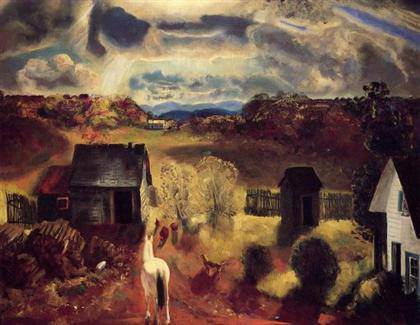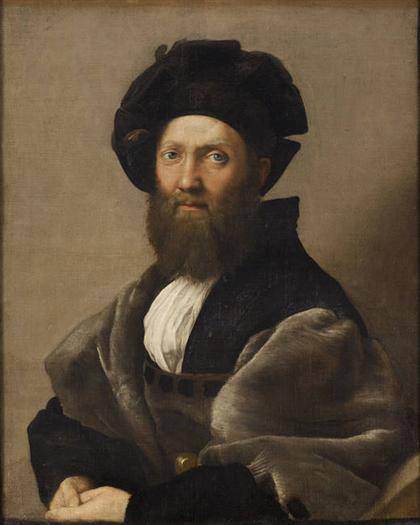
George Wesley Bellows
New York, 1911 (National Gallery of Art, Washington)

George Wesley Bellows
The White Horse, 1922 (Worcester Art Museum)
George Bellows at the National Gallery, Washington From June 10 to October 8, 2012, the National Gallery of Art, Washington, presents the first comprehensive exhibition of Bellows’ career in more than three decades.]]>
Source: National Gallery of Art, Washington
The exhibition includes some 150 paintings, drawings, and lithographs. Bellows is arguably the most important figure in the generation of artists who negotiated the transition from the Victorian to the modern era in American culture. This exhibition will provide the most complete account of his achievements to date and will introduce Bellows to new generations. The accompanying catalogue will document and define Bellows’ unique place in the history of American art and in the annals of modernism.
“George Bellows” begins with the artist’ renowned paintings of tenement children, boxers, and the urban landscape of New York. These iconic images of the modern city were made during an extraordinary period of creativity for the artist, from shortly after his arrival from Columbus, Ohio, in 1904, up to the Armory Show in 1913, and remain his best-known works. They include “Forty-Two Kids”, 1907 (Corcoran Gallery of Art), “New York”, 1911 (National Gallery of Art), “Stag at Sharkey’s”, 1909 (Cleveland Museum of Art), and “Snow Dumpers”, 1911 (Columbus Museum of Art).
Complementing the earlier signature masterpieces will be groupings that bring to light other crucial, yet less familiar aspects of Bellows’ prodigious achievement, including his Maine seascapes, sporting scenes (polo and tennis), World War I subjects, family portraits, and Woodstock, NY, subjects. Drawings and lithographs will illuminate Bellows’ working methods and the relationships between his various media. The show will end with paintings from 1924, the year before his sudden death from peritonitis. These last works, including “Dempsey and Firpo” (Whitney Museum of American Art) and “The White Horse” (Worcester Art Museum), will prompt visitors to contemplate the artist Bellows might have become had he lived into the 1960s like his great contemporary, Edward Hopper.
Related content
The Art of George Bellows and the Ashcan School, exhibited in London (exhibition, 2011)
Follow us on:


